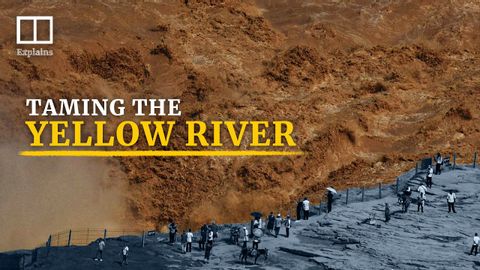中国の黄河:中国文明発祥の地を手なずける (China’s Yellow River: Taming the cradle of Chinese civilisation)
辛柏恩 が 2024 年 10 月 07 日 に投稿  この条件に一致する単語はありません
この条件に一致する単語はありませんUS /ˈkɑnˌtɛnt/
・
UK /'kɒntent/
- adj.満足している;満足した
- n. (c./u.)内容;主題;コンテンツ;満足;コンテンツ;含有量
- v.t.満足させる
- v.i.同意する
US /trɪˈmɛndəs/
・
UK /trəˈmendəs/
- n. (c./u.)条件;期間;学期;用語;関係;項;妊娠期間;任期
- v.t.称する
US /ɪmˈpruv/
・
UK /ɪm'pru:v/
エネルギーを使用
すべての単語を解除
発音・解説・フィルター機能を解除
